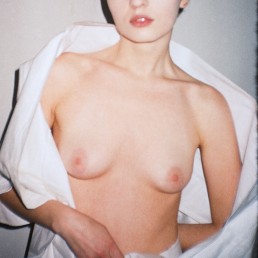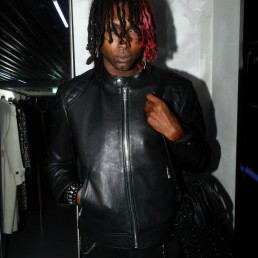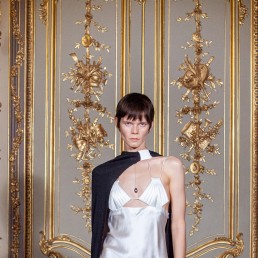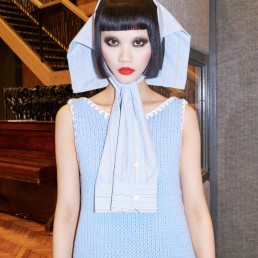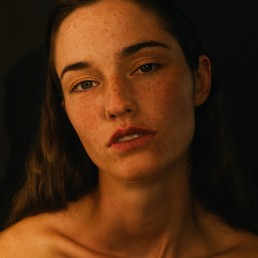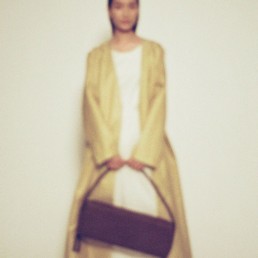With no wall text and no narrative cues, the work confronts its audience through pure sensation — denying symbolic distance and demanding an embodied, empathic response.

Welsh artist Ella Skinner’s unreservedly graphic settings induce increased levels of horror and catharsis in viewers. Blending violence and flesh to create surreal structures that blur the lines between the sacred and the profane, the intimate and the catastrophic, the gentle and the cruel. Her transgressive work, which spans the UK and Lithuania, seamlessly transitions between live performances, club settings, underground music, and gallery installations.
Death of the Box is an evolution of Skinner’s 2021 piece The Box, which was first displayed at Manchester’s Holden Gallery before being modified for squat raves and music videos throughout Greater Manchester (2021–2023). By converting individual architecture into a communal location of stress and release, this latex-based sound installation and durational performance investigates enclosure, ritual, and psychic rupture.
The Manchester apartment where Skinner was confined during COVID-19 is recreated in The Box as flesh. A semi-transparent latex framework encloses the performers, who are told to react to the claustrophobic pressure and the invisible audience. The audience is immersed in the feeling of yearning for freedom while being paralyzed by its impossibility as the movements alternate between controlled, frenzied, and desperate. The act of hiding our inner turmoil in a sterile society, which makes it impossible to interact with those around us while in excruciating agony, should be covered in this article, in addition to our feelings of loneliness during the COVID-19 pandemic.
Skinner worked with rapper and producer Algernon Cornelius to create a soundtrack that conflates the psychological and physical aspects of containment for its 2025 iteration at Yaga Gathering, which we attended. The soundscape, which was created using audio captured in a Catholic confessional, separates the sounds of dread, humiliation, and secrecy. Deep in the Lithuanian forest spread across two late nights, choreographers Alina Pilecka and Inga Zybailaitė created states of pressure and rupture in which we, the viewer,r become witnesses to excruciating pain as their emotional and architectural membranes start to tear apart as semi-transparent latex thus presenting the emotional architecture of pain as a communal ritual rather than a spectacle.







Photography by Maksim Melnikov courtesy of Yaga Gathering
